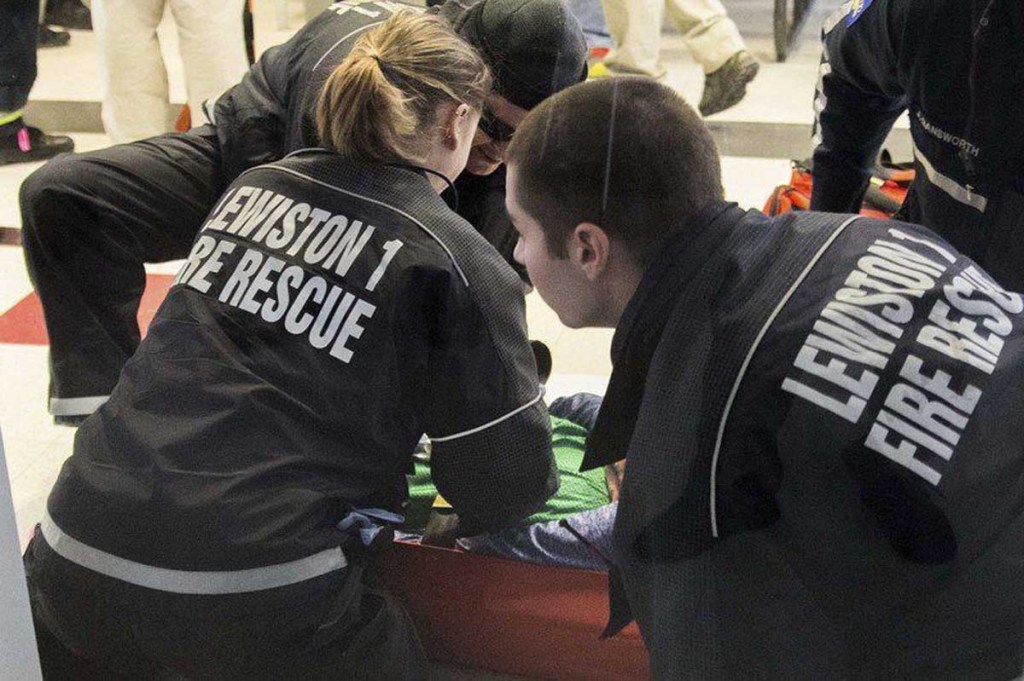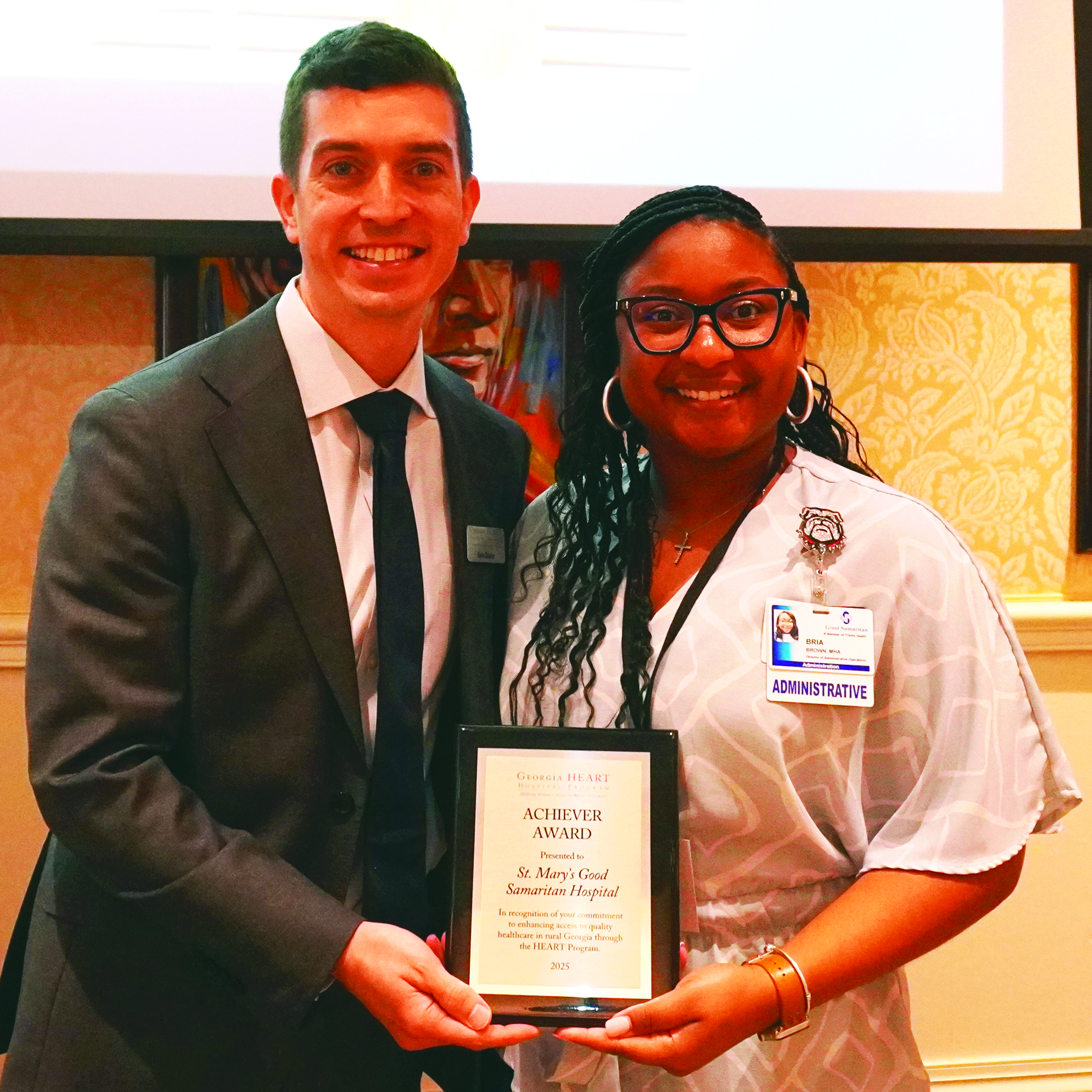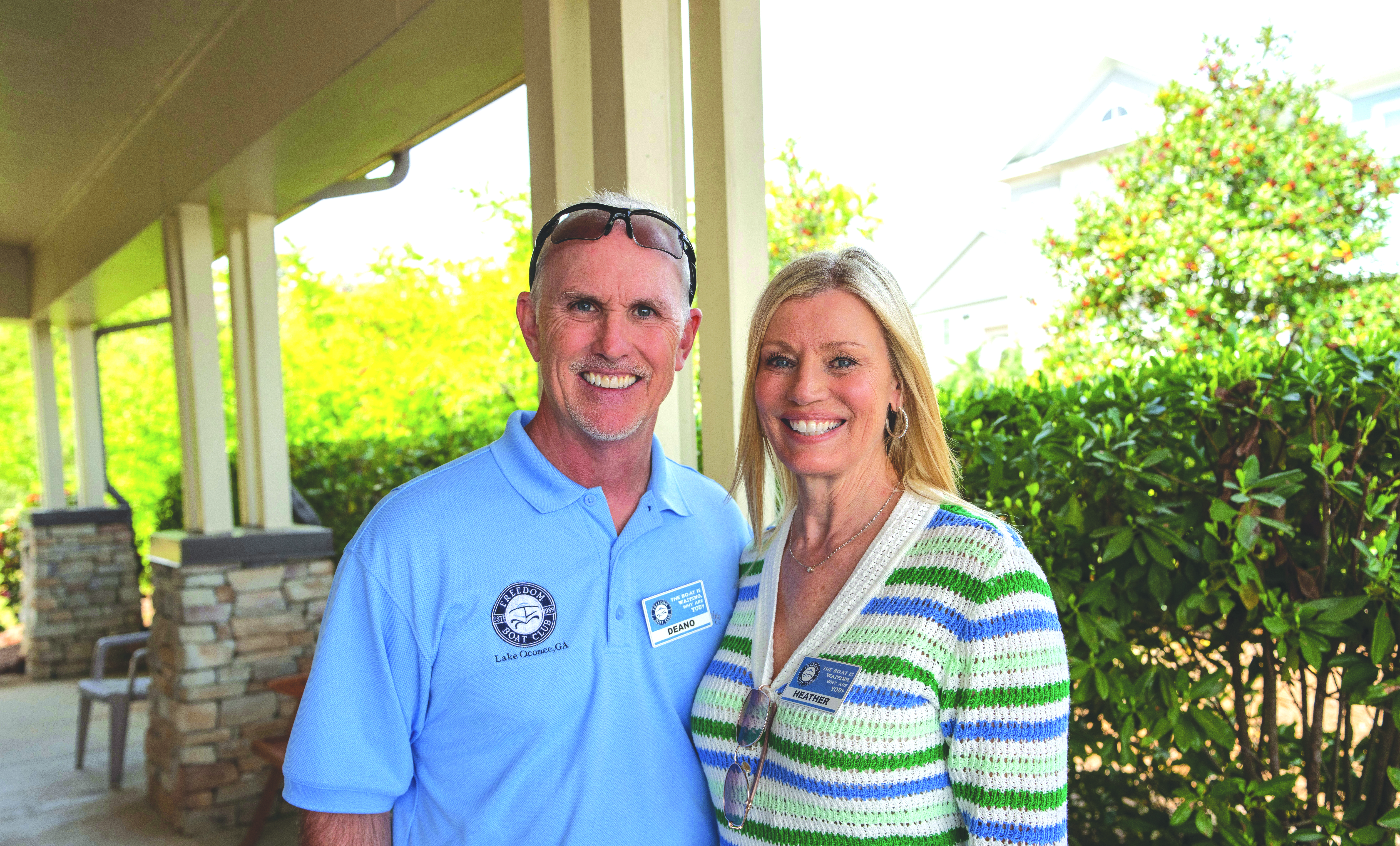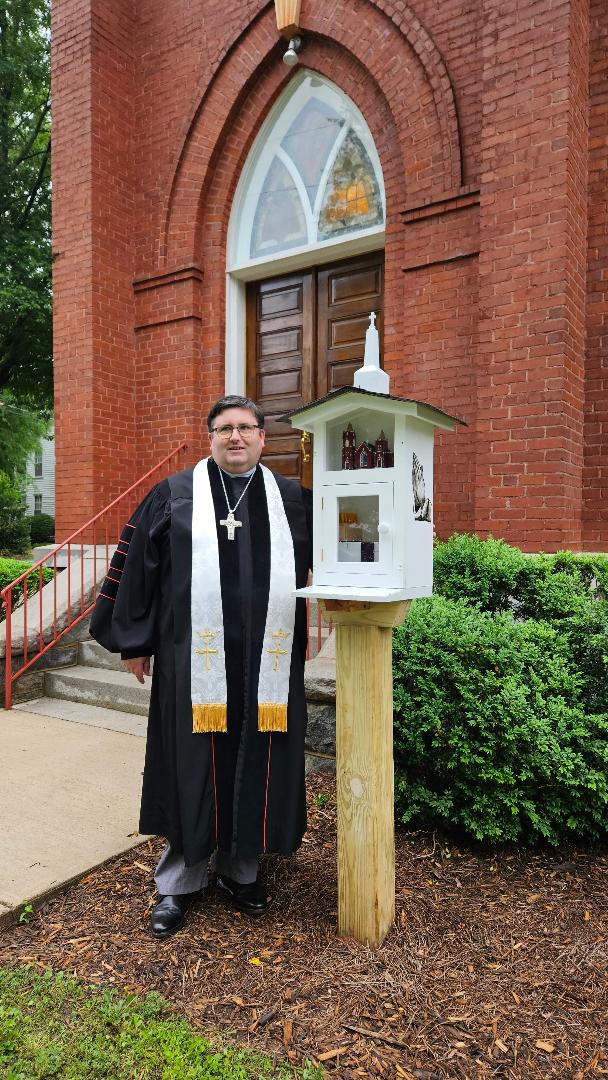First responders practice new approach to mass shooting incidents
Published 11:56 am Sunday, March 19, 2017

- While police work to clear out a threat, paramedics tend to the wounded during the drill at Edward Town Middle School on Friday. The drill took place after the first run at nearby Niagara-Wheatfield High School.
NIAGARA FALLS, N.Y. –– With students at home on Friday morning, teachers at both a high school and a middle school in upstate New York became the victims of a mass shooting in a drill designed to test new tactics in how police and paramedics would respond.
The drills gave staff at Niagara-Wheatfield High School and Edward Town Middle School a first-hand lesson on how to handle such an event. It was, in the words of Niagara-Wheatield School Superintendent Daniel Ljiljanich, “Not a typical professional development day.”
The United States has a long and bloody history with school shootings. There are more mass shootings here than in any other nation, according to a CNN report last November. Since 2013, there have been over 300 school shootings, according to Every Town Research. Not ever incident resulted in death or injury.
Up until now, mass shooting incidences have been handled almost exclusively by emergency response teams. The tactics being tested on Friday utilized first responders and personnel from various agencies to increase their speed and efficiency.
Officers from the Lewiston Police Department, deputies with the Niagara County Sheriff’s Office, troopers with the New York State Police and agents with the U.S. Border Patrol descended on the high school and middle school complex around 10:15 a.m. for a report of one or more “shooters” inside the high school.
Unlike most active shooter drills, it was regular patrol officers, deputies, troopers and agents who showed up to confront the armed intruders in the school.
“In a county this size, because there are no full-time SWAT teams, it would take an hour or more to mobilize that response,” Sheriff’s Office Chief Deputy Steven Preisch said. “So the response now is the first officers on the scene — if they hear shooting, they’re going in.”
In another change in mass shootings tactics, instead of being kept at an outer perimeter until law enforcement had completely secured the school, local first responders were quickly brought in to deal with the wounded.
“Years ago, EMS would have never been allowed in this quick,” Preisch said.
Even as some simulated gunfire could still be heard echoing in the hallways of the school, armed teams of officers began moving paramedics and volunteer firefighters into so-called “warm zones” in the school. These were areas that had been cleared of shooters, but that were clogged with victims.
“That’s one of the biggest factors,” Undersheriff Michael Filicetti said. “It’s critical seconds that you’re dealing with getting to victims and getting them treated. This is a change in philosophy and it’s to save lives.”
The new tactics took some getting used to, said Lewiston Police Chief Frank Previte, the incident commander.
“It’s slower than we’d like,” Lewiston Police Chief Frank Previte, the incident commander, said. “But the next drill will go faster.”
He was right. When the law enforcement officers moved into the middle school complex, they proceed more quickly, and medical personnel were treating the wounded just minutes after the shooting started.
“That’s how you do it,” a State Police commander commented.
A veteran SWAT commander, observing the exercise, had praise for the paramedics and volunteer firefighters.
“It’s a leap of faith to walk into a situation like this when you’re not armed,” he said.
Ljiljanich said the schools welcomed the chance to take part in the drills.
“We’ve learned so much just in the planning leading up to this,” he said. “The collaboration and communication is good for us.”
The district sent out phone notifications to parents to alert them to the drill. During the drill, school administrators also worked on plans for how they would communicate with parents and the community in the event of a real incident.
Previte said he was pleased with the overall exercise and stressed the new tactics will take some getting used to, but are critical in responding to mass shootings.
“This is realistic,” the Lewiston Police chief said. “No longer can you set up and wait. If there’s active shooting, as soon as you hear that, you’re going in.”
Ljiljanich said that was encouraging.
“There are assurances we draw from seeing how they respond to the unthinkable,” the school superintendent said.
Preiffer writes for the Niagara, New York Gazette.





